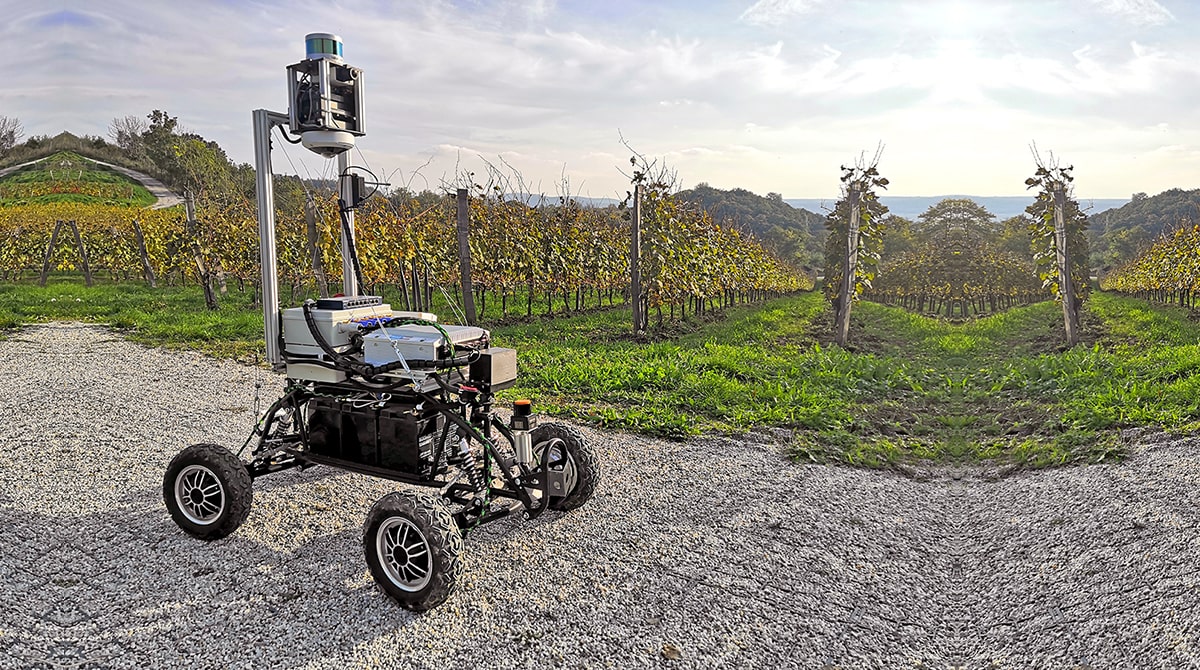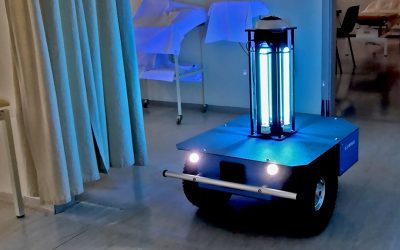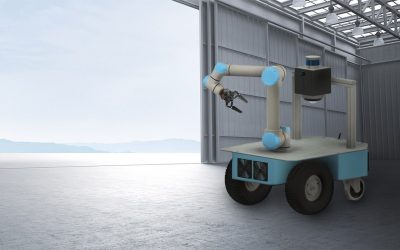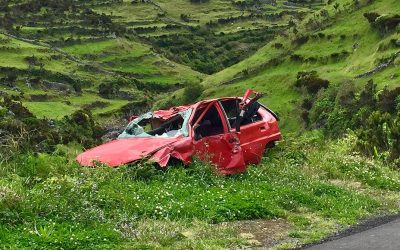LATEST POSTS
Caster mobile robot has found application as a UVC disinfection solution
Caster mobile robot has found application as a UVC disinfection solutionJanuary 23, 2021 | News It didn't take long for the versatile Caster robotic platform developed by RoboTech Vision to find its use. It is a mobile disinfection solution with...
RoboTech Vision has developed a new Caster indoor robotic platform
RoboTech Vision has developed a new Caster indoor robotic platformDecember 17, 2020 | Development After years of AI software developing and testing on different types of robotic platforms, RoboTech Vision has decided to start building its own...
Who is responsible for an autonomous robot accident? An lawyer answers
Who is responsible for an autonomous robot accident? An lawyer answersOctober 23, 2020 | Related When developing a new product, it is very important to consider consumer protection from the perspective of its safety and privacy. This industry is...




